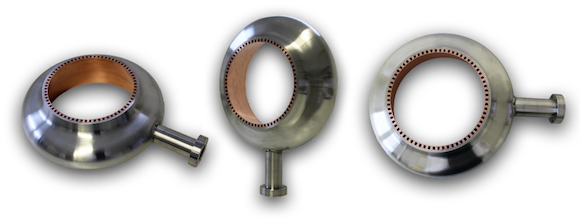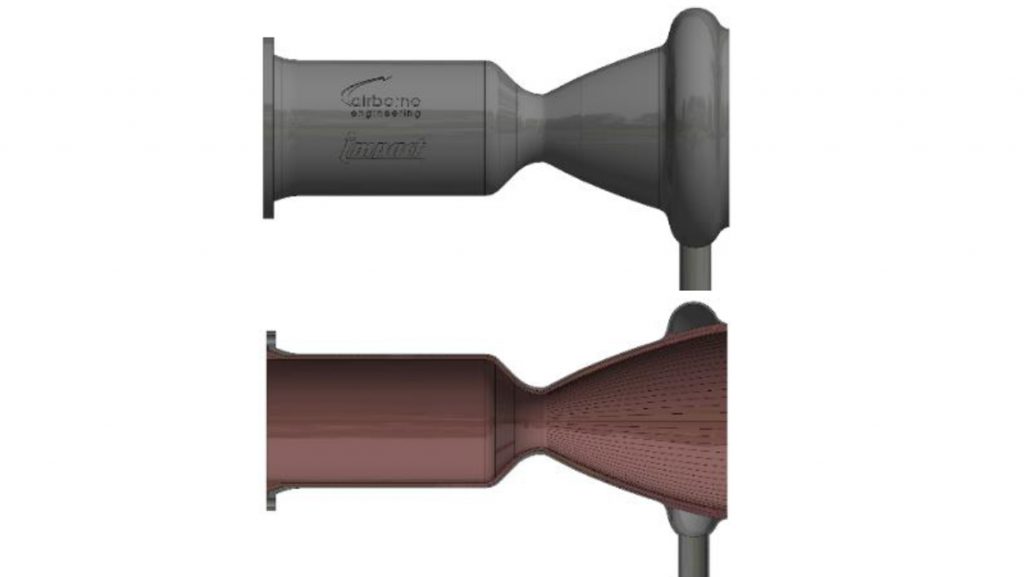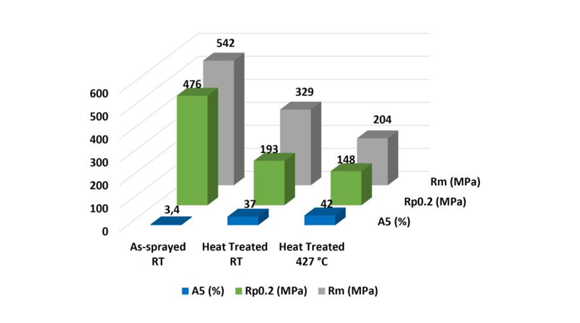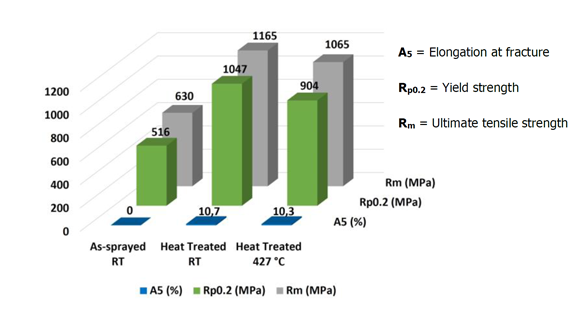Impact Innovations demonstrates Cold Spray AM for rocket engines
September 15, 2021

Impact Innovations, Rattenkirchen, Germany, has set up a collaborative project with Airborne Engineering (AEL), a UK company specialising in propulsion system design and testing, to analyse the suitability of Cold Spray Additive Manufacturing for use in the manufacture of commercial rocket engines.
New commercial rocket engines require fast, low-cost AM processes, giving sufficient flexibility to react to the changing demand of launches. In the past few years, significant attention has been given to Powder Bed Fusion (PBF) due to its design freedom and prevalence on the market. However, PBF techniques can present challenges for combustion chamber manufacturing, such as limited build chamber dimensions, limited materials, and a resultant high surface roughness (particularly in the cooling channel walls), which can significantly reduce efficiency.
The Cold Spray AM process has the potential to overcome these limitations, and offers a potential solution to manufacture combustion chambers with superior properties without build chamber size restrictions. To test this, AEL designed a combustion chamber demonstrator with an inlet manifold according to Impact Innovations guidelines. The regeneratively cooled liner is a high-strength Cu-alloy, and the outer jacket material is Inconel.
The demo sample is reported to have proved that the CSAM process is suitable for manufacturing combustion chambers. The following advantages compared to other AM processes were identified:
- No protective atmosphere required
- Simple joining technique of dissimilar materials/alloys
- Negligible thermal stress
- No cooling channel surface roughness issues
- Access for inspection during production steps
- Ability to re-work/repair areas for prototypes
- Ability to join additional parts without welding (e.g., injector head, actuator mounts)
- Powder is only required for the material to be deposited, rather than in PBF processes where it is required to fill the entire build volume
- Buy-to-fly ratio close to 1
To demonstrate the dimensional flexibility of the process at Impact Innovations’ spray-lab, the spray lathe allows to manufacture components up to Φ1500 mm diameter, 2000 mm length at max component weight of 1500 kg. A full-size combustion chamber is under fabrication at Impact Innovations and is intended to be fire tested soon at the AEL site.

The mechanical properties of the combustion chambers are very critical, and depend on the materials used. A special cooling channel demo sample was manufactured to determine the mechanical properties of the high-strength Cu-alloy and Inconel. The resultant mechanical properties are shown in the charts below as deposited and after heat treatment:


The second important aspect is the deposition rate, which has a significant effect on costs. The CSAM process developed by Impact Innovations has a deposition rate of 10 kg/h for Cu-alloy and 6.7 kg/h for Inconel, which is said to be 20x faster than PBF
















